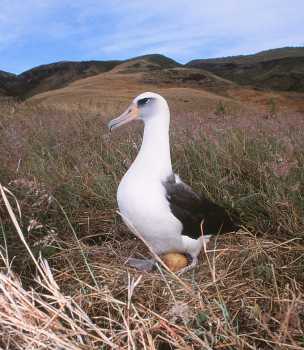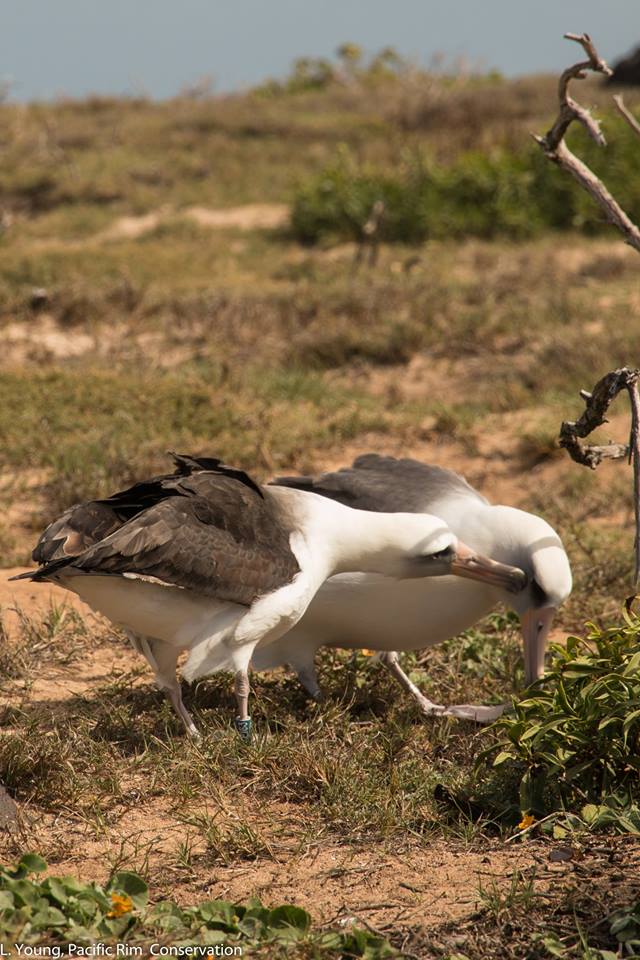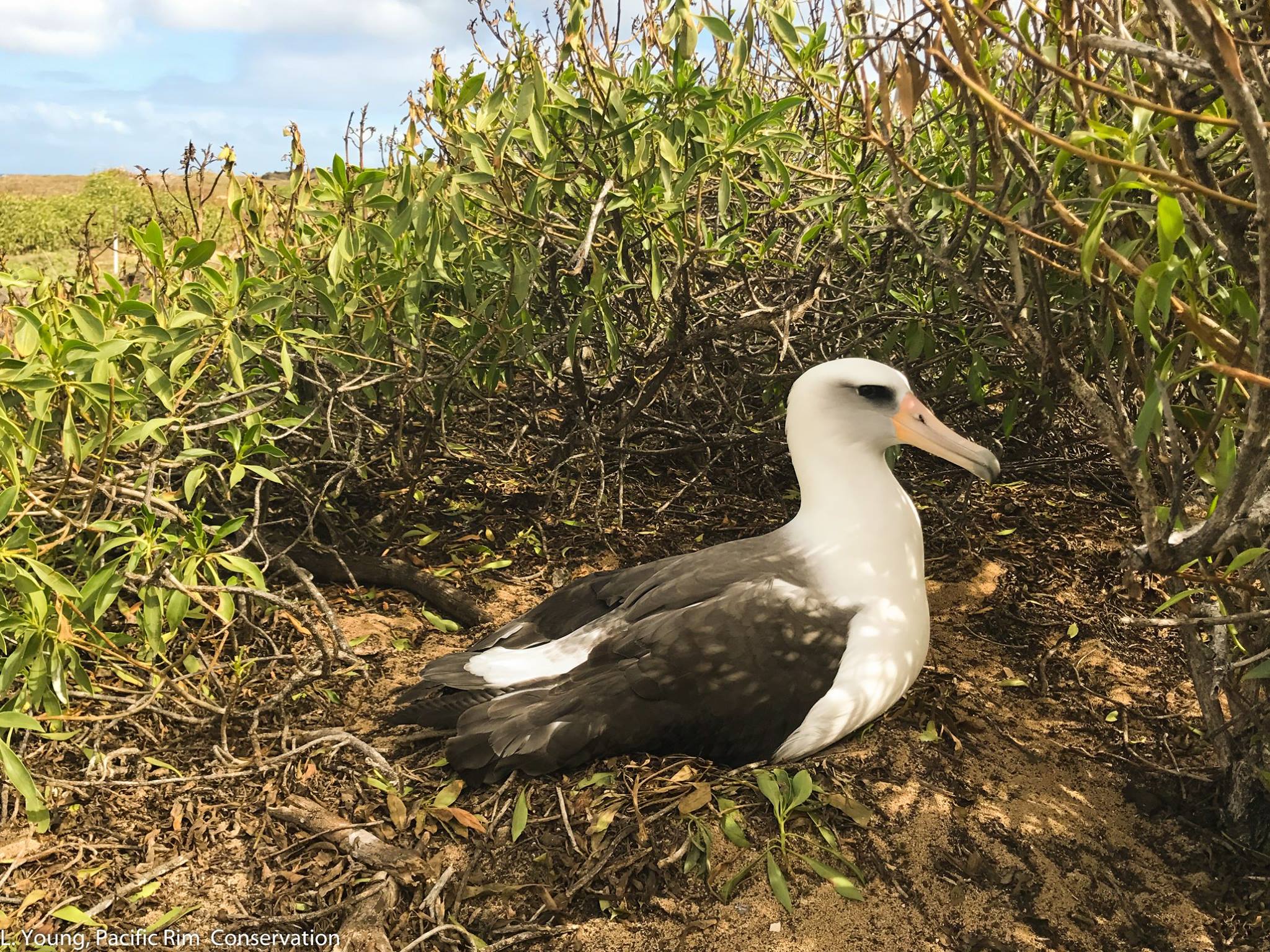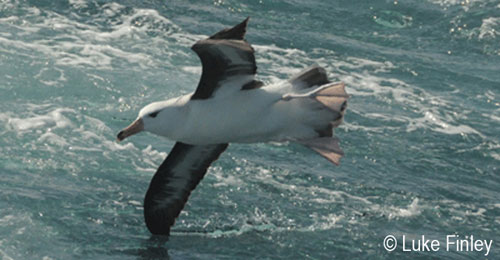The Agreement on the Conservation of Albatrosses and Petrels has established a Secondment Programme for the purpose of building capacity within its Parties and as a means of achieving tasks within the current work programmes of its Advisory Committee (see Annex 4, AC10 Report) and Secretariat (see AC10 Doc 18). Applications are now sought to undertake a secondment under the ACAP Secondment Programme during 2018. Funding is available for travel and living costs associated with secondees undertaking a placement at a host organisation, including the Agreement’s Secretariat in Hobart, Tasmania, Australia.
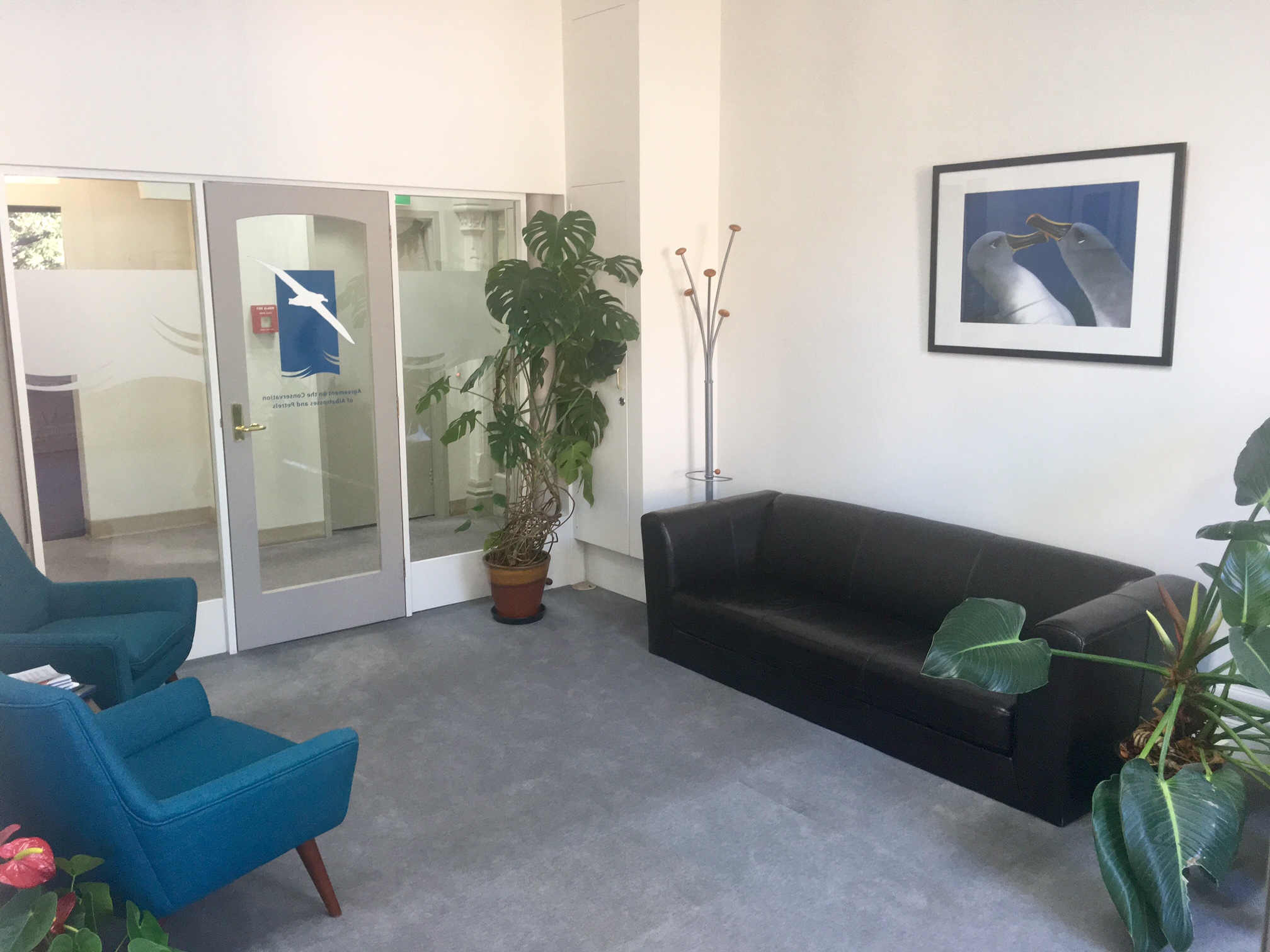
Entrance to the ACAP Secretariat office suite in Hobart, Australia
It is expected that the proposed secondment will meet the following criteria:
1. The work to be undertaken addresses a task identified in the Advisory Committee’s or Secretariat’s Work Programme, and/or is deemed to be of high importance to achievement of the Agreement’s objectives.
2. The task proposed is international in nature (e.g. the outcomes will be of relevance to more than one country).
3. The task to be undertaken has a capacity-building focus.
4. The funds allocated will be primarily used for travel, accommodation and per diem costs. Funds will not be used for the purpose of paying salaries. It is expected that the applicant’s institution will continue to pay the applicant’s salary.
5. The applicant has received in-principle agreement from the host organisation to host this work.
Applicants are encouraged to contact the relevant Working Group Convenor, the Advisory Committee Chair, Vice-chair or the Secretariat (click here to access names) to discuss their proposal. Secondment Application Forms are available in all Agreement languages from the ACAP web site (click here).
As agreed by AC10, applications will only be accepted from ACAP Parties. Proposals are to be submitted by the relevant ACAP National Contact Points to the ACAP Secretariat.
Applications open on Friday, 1 December 2017 and must be received by the Secretariat by close of business on Friday, 2 March 2018. Applicants will be advised of the outcome of their application by Friday, 6 April 2018.
French and Spanish texts are also available.
ACAP Secretariat, 04 December 2017

 English
English  Français
Français  Español
Español 